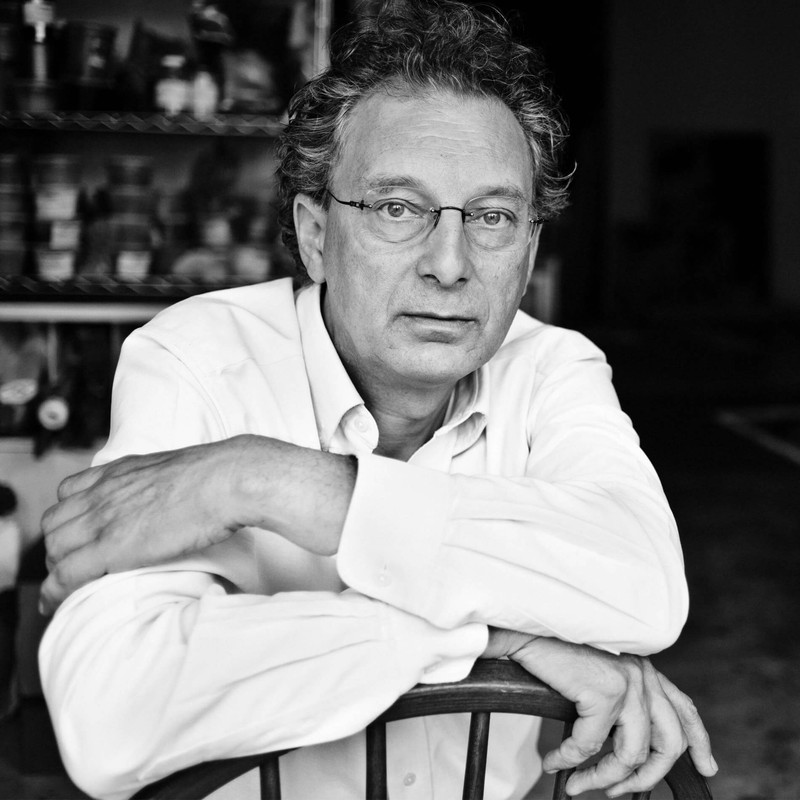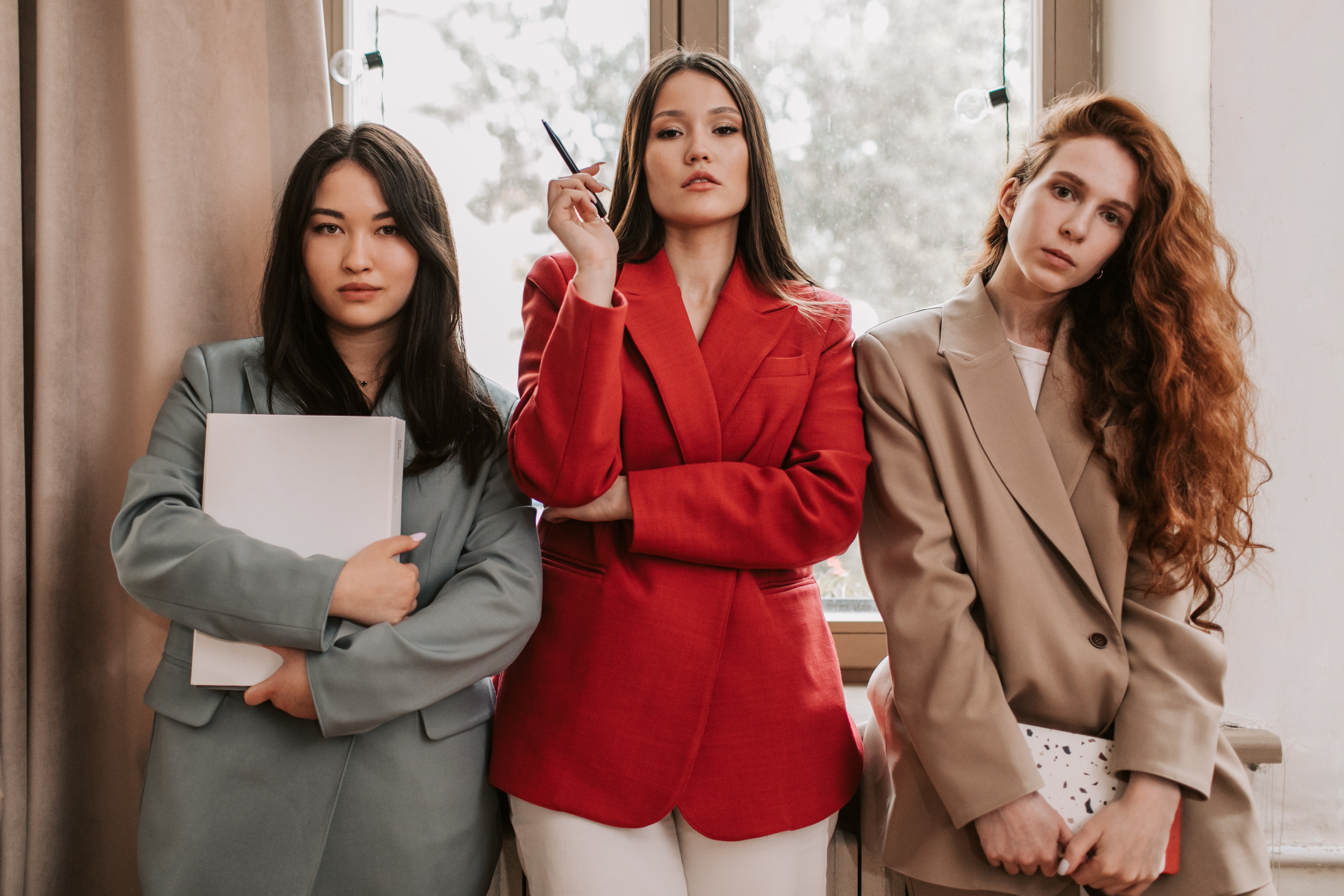Interview Rainer Gross
Rainer Gross was born in Cologne, Germany in 1951. He has lived and worked in New York City and shown his work internationally for over 40 years.
Last year, Rainer Gross was included in the Beijing Biennale as a representative of Germany. In 2012, the Ludwig Museum in Koblenz gave him a retrospective. Other notable solo exhibits include the Musée Cantonal des Beaux-Arts (Lausanne, Switzerland 1984), Krannert Art Museum/Kinkead Pavilion (Champaign, Illinois 1993), Kunsthalle Emden (Emden, Germany 1989) along with gallery exhibitions in Europe and North America.
Vivian, from smart-collectors, had the privilege to interview Rainer as follows:
1. You once mentioned that in your time as an assistant to Larry Rivers you learned "to deal with color, to feel color, to live color". Especially in your abstract paintings – especially the contact paintingssuch as the Twins- color plays an extraordinary role.
What does color mean to you?
Working with Larry Rivers in the 1970ies was a wonderful painterly experience introducing me to managing a variety of colors and materials from transparent to opaque to washes through the use of oil and acrylic paint.
In my recent work, color is pigment. The materiality of multicolored pigments is my main interest.
2. Which criteria do you use to select the colors for your contact paintings?
A single color alone creates an isolated sensation. The importance of a color is in the relationship to other colors. In my working process by laying colored pigments, it is often no longer possible to view the underlying layers. There is randomness to the process, which helps me to eliminate many aesthetic decisions. At the moment I am working on a series of paintings that mainly rely on variations of the color blue.
3. How long do you usually need for one of yourcontact paintings and how long do they have to dry?
I usually work on several contact paintings simultaneously. The drying process on one does not hold me up from working on others. It allows time to distance and contemplate my next move. The works usually build up over several month and then require a drying time of at least two more month.
4. I have read that you select the names of theTwinsrandomly from the phone book. Is this true and if so, why?
Making TWINS paintings reminds me of a birthing process. I am fusing too canvases together and then peeling them apart to create two new related paintings. I give them random names to avoid the narrative of descriptive naming. I like to endow them with an original name like you and I have been born with.
5. In 2011 you have dedicated yourself to well-known brands and their logos in your works. These include BMW, Google, Facebook and Playboy. What has driven you to deal with brands?
By using sections from known logos my paintings refer to the transitory existence of our culture. The logos are not immediately recognizable as such. They just radiate a sense of familiarity to the viewer through the layered pigments.
6. Are these pictures appreciation or criticism? Or even both?
They are not appreciation or criticism. They are just paintings to experience and contemplate.
7. In a quote from you you mention that an artist has found a style when he can’t think of anything any more. What comes next for you?
I will continue and explore new ways to express myself though my paintings.
8. While we are talking about the role of the artist: What makes a good artist for you?
Be truthful with yourself and your audience.




